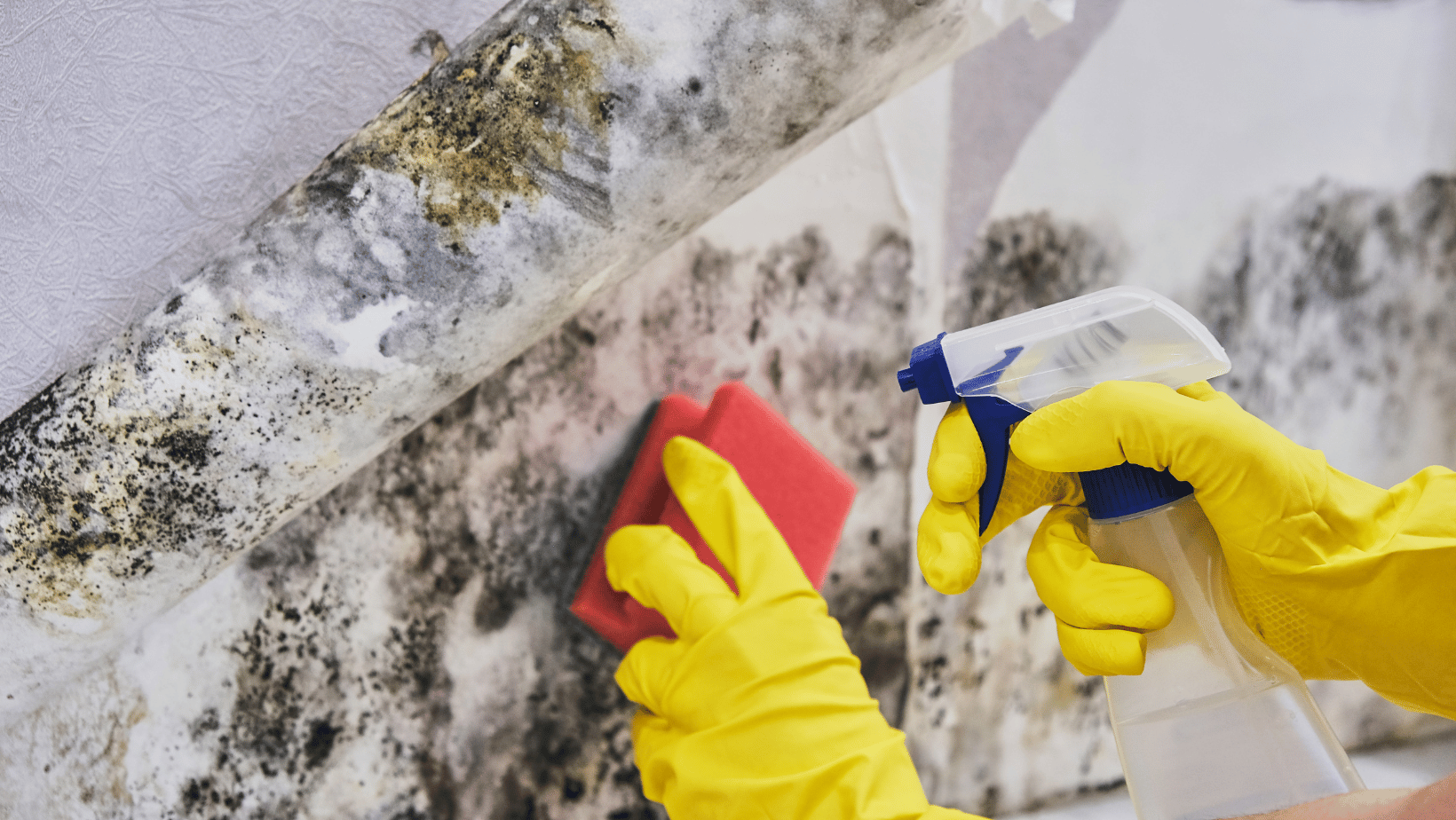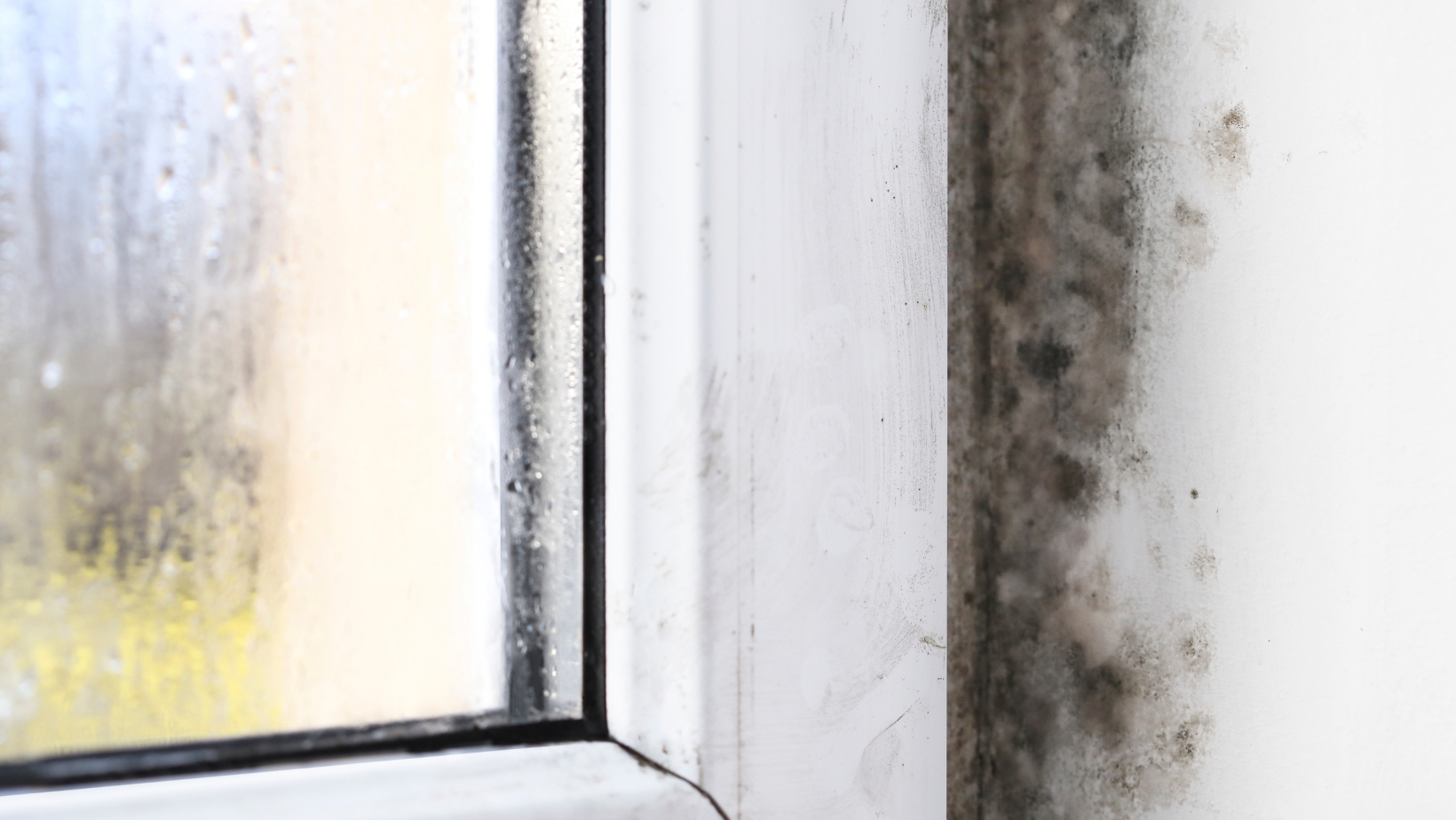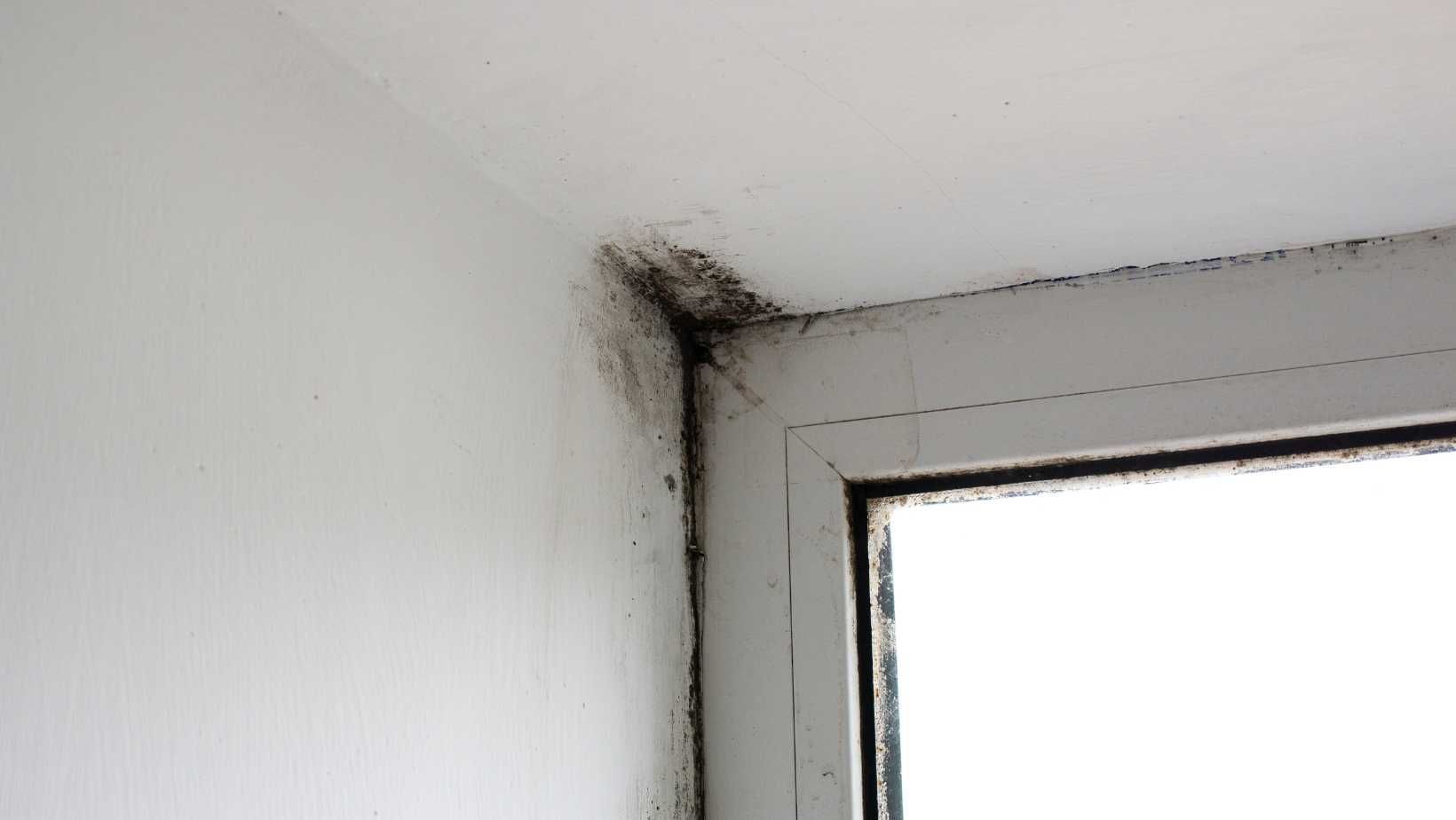What Is Mold & What Does It Do?
Different Species Of Mold
Mold is a naturally occurring organic organism that exists everywhere, both indoors and out. There are over 60,000 species of mold out there, but there may be a few that you recognize. As for some of the more well known species of mold, Penicillium, Aspergillus, and Cladosporium are the front runners. Stachybotrys and Chaetomium are also generally well known as the infamous “black molds.” Homeowners in South Jersey need to understand the difference between naturally occurring mold spores from the surrounding environment, and abnormal fungal development. Knowing the difference between these two things could be what saves your home from extensive mold damage in the future.
What Is Mold?
Mold is a form of fungi. Like most other fungi out there, mold thrives under warm, moist, humid conditions. Invasive indoor mold growth can spread rapidly if given the chance. Mold is opportunistic in this way. In just 24 to 48 hours following moisture introduction, mold can begin to develop and spread. As previously mentioned, it is natural for there to be some level of mold spores in the air. However, it is important that homeowners can discern the difference between normal mold spore count in the air and abnormal surface development. Abnormal fungal development takes place when naturally occurring airborne mold spores settle onto the surfaces of porous building materials. These spores then begin to spread excessively in an indoor environment, surpassing natural outdoor levels. Many materials within our homes can be susceptible to mold damage. Wood, drywall, insulation, and even furniture can easily harbour mold development, sustaining major damage to the porous materials. If it is left to its own devices, mold can easily jeopardize the structural integrity of your home, and it can potentially cause health implications for those who live there.
Potential Health Implications Of Mold
A healthy human being’s immune system is able to adapt to the natural environment. That being said, naturally occurring mold spores in small quantities are easily fought off by a healthy immune system. However, larger quantities of mold spores paired with prolonged exposure times can prove to be difficult for most immune systems to effectively fight off. Bear in mind that everyone has different sensitivities to certain allergens, therefore reactions to different mold species will vary by individual. The mycotoxins found in mold can be especially irritating to those with allergies, asthma, and other respiratory issues. Symptoms to mold sensitivities include:
- Sneezing & coughing
- Trouble breathing
- Irritated eyes
- Sore throat
- Runny or stuffy nose
- Rash or skin irritation
Signs Of Mold Growth In Your Home
Mold development has the potential to cause health implications, as well as risks to the structural integrity of your home. This is why it is so important to take care of mold concerns as soon as you can. As previously mentioned, mold is an opportunistic organism, and the longer it is left untreated, the more severe the damage can become. Mold can grow almost anywhere as long as the conditions are conducive to its development. Signs of mold development in your home that you can keep a look out for include:
- Excess moisture, humidity, condensation
- Musty, distinct odors
- Dark water staining on walls, floors, or ceilings
- Previous water damage such as leakage, flooding, or excess condensation
- Powdery or chalky substances settled on walls or other surfaces
- Bubbling, cracking, or peeling of paint & wallpaper
If you have noticed any signs of potential mold growth in your home, don’t hesitate. Contact a professional mold inspection/remediation company in your area to assess the areas of concern.
Call today to speak to a member of DryMax's professional mold inspection & remediation team!
You might also like
DryMax Mold Blogs




